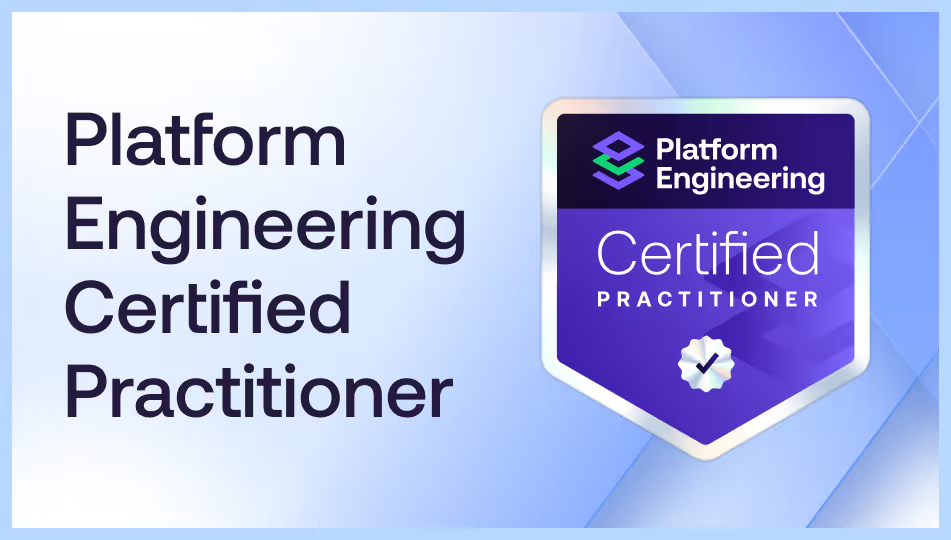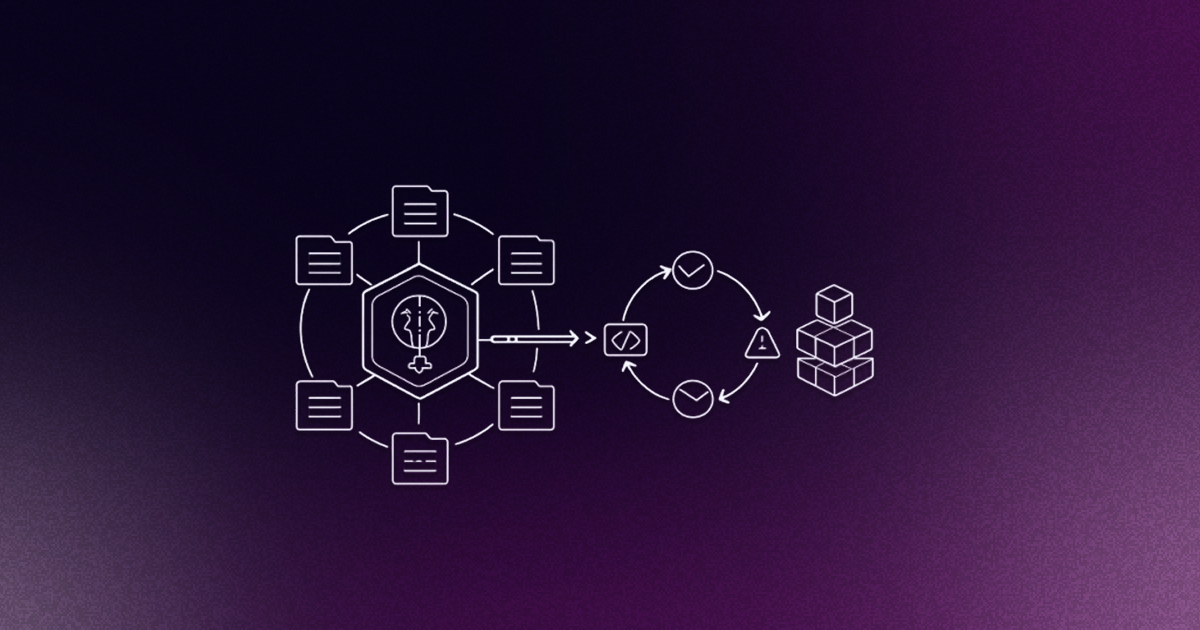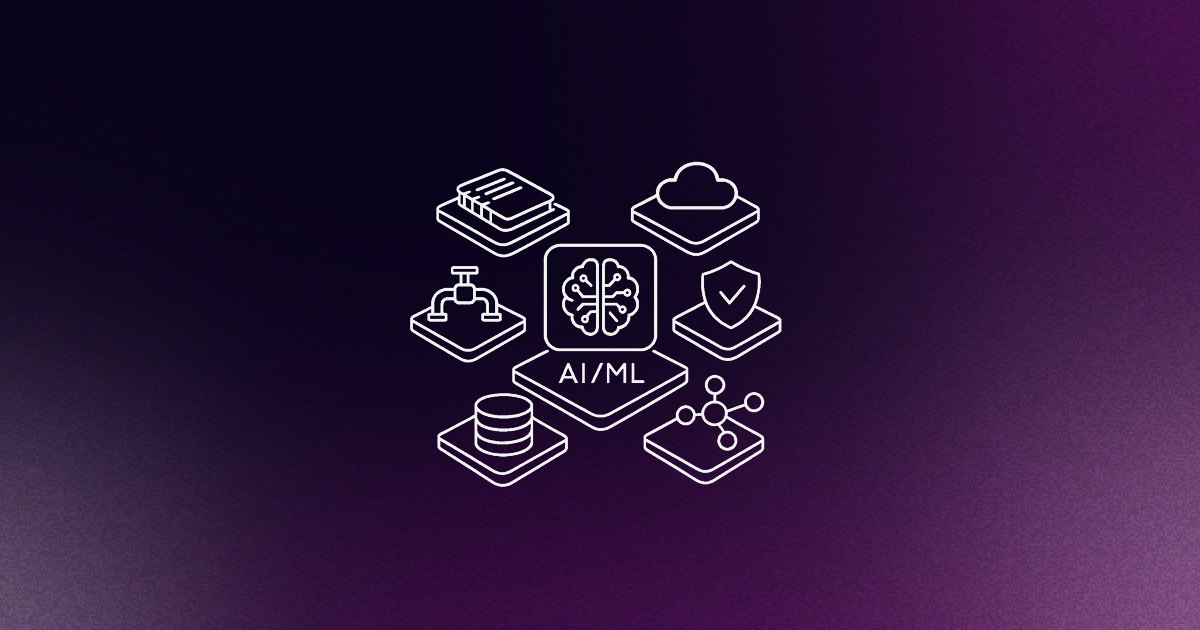Platform engineering teams are failing at an alarming rate. Despite massive investment in sophisticated tooling and automation, the vast majority of platform engineering initiatives struggle to achieve true maturity. The problem isn't technical, most teams can build impressive Internal Developer Platforms (IDPs) with robust automation, comprehensive monitoring, and elegant infrastructure provisioning.
The problem is adoption.
The harsh reality: You can architect the most elegant platform in the world, but if developers don't use it consistently, you've built an expensive monument to engineering excellence that delivers zero business value. Platform teams that succeed understand a fundamental truth that their struggling counterparts miss: building great platforms requires thinking like a product manager, not just a platform engineer.
Your developers are customers, not users
The language we use shapes how we think, and most platform teams get this wrong from day one. When you call developers "users," you're positioning them as passive recipients of whatever you choose to build. When you recognize them as customers, everything changes.
Customers have choices. They can work around your platform, ignore your golden paths, or in the worst case, advocate against platform adoption entirely. Platform engineering adoption still lags behind awareness, with effective stakeholder involvement throughout the entire process being essential for successful platform adoption. This isn't a technology problem; it's a customer relationship problem.
Real customer discovery for platform teams means understanding not just what developers say they need, but observing how they actually work. When platform teams shifted from building features they assumed developers wanted, to creating environments based on continuous feedback loops, they discovered that developer productivity came from removing friction, not adding features.
Leveraging analytics for customer discovery
Platform teams practicing customer discovery can observe actual developer behavior through usage data rather than relying on surveys or assumptions. Which workflows are developers actually running? Where do processes consistently fail? What deployment patterns emerge organically?
When platform teams treat developers as customers, they start asking different questions:
- "What job is the developer trying to accomplish?" instead of "What features should we build?"
- "Where do developers get stuck in their current workflow?" instead of "How can we add more automation?"
- "What would make developers choose our platform over their current tools?" instead of "How do we mandate platform usage?"
Building for adoption, not just automation
Here's the uncomfortable truth that keeps platform leaders awake at night: while platform engineering adoption continues to grow across organizations, most struggle with actual developer engagement. You can check every technical box, such as comprehensive APIs, robust security, elegant infrastructure-as-code, and still end up with a platform that gathers digital dust.
Successful golden paths aren't just technically sound, they're irresistibly convenient. They make the right thing the easy thing, not just the mandated thing. This requires understanding the developer's entire workflow, not just the parts your platform touches.
The challenge occurs when platform teams optimize for technical excellence while ignoring the human elements that drive daily usage decisions. Developers don't wake up excited about using your platform; they wake up focused on shipping features, fixing bugs, and meeting deadlines.
Consider how developers actually work: They need to create branches, set up environments, run tests, and deploy changes. Often across multiple projects simultaneously. A platform designed with technical excellence might offer separate, well-documented APIs for each step. A platform designed with product thinking creates unified experiences that orchestrate entire workflows seamlessly.
Balancing stakeholder demands
Platform teams face a unique challenge: they must simultaneously satisfy developers (who want speed and flexibility), security teams (who want control and compliance), and executives (who want measurable business outcomes). This can be incredibly challenging, as mature enterprises struggle to prioritize their product roadmaps while driving the acceleration of software delivery and meeting their budgetary constraints.
Product thinking provides a framework for navigating these competing demands. Instead of trying to please everyone equally, successful platform teams identify their primary customer (usually developers) and design primarily for their success, while creating clear interfaces and controls that satisfy other stakeholders.
For example, a platform might provide developers with one-click environment provisioning while automatically implementing security scanning and compliance checks behind the scenes. Developers get the convenience they need; security teams get the controls they require.
Measuring success beyond uptime
Platform teams typically measure technical metrics: uptime, performance, deployment frequency. These matter, but they don't tell you whether developers actually find your platform valuable. Product-focused platform teams track adoption metrics alongside technical ones.
Developer satisfaction isn't just a nice-to-have: it's a leading indicator of platform success. Platform engineering can significantly enhance an organization's ability to leverage DevOps effectively, but this only happens when developers genuinely embrace the platform.
The most successful platform teams closely engage with developers and develop a deep understanding of the challenges they face. This goes beyond quarterly surveys or feature request forms. It means embedding with developer teams, observing their daily workflows, and understanding the subtle frustrations that compound over time.
Effective platform teams create continuous feedback loops by collecting real-time data on system performance, failure patterns, and usage trends, then surfacing insights to help teams optimize their workflows. This creates a virtuous cycle: better insights lead to better developer experiences, which drive higher adoption and generate more data to create even better insights.
When platform teams focus on developer experience and adoption, the business benefits compound: faster time to market because developers spend less time fighting tooling, reduced support costs because intuitive platforms require less hand-holding, better retention because productive developers are happier developers, and improved security posture because developers actually use the secure, approved tools.
Platform engineering isn't just about technical expertise, it's about creating tools and experiences that make other people more successful. Teams that embrace product thinking don't just build better platforms; they create competitive advantages for their entire organization.
The most successful platform teams understand that their real product isn't the infrastructure, the APIs, or even the developer portal. Their product is developer productivity and business velocity. Everything else is just implementation details.












